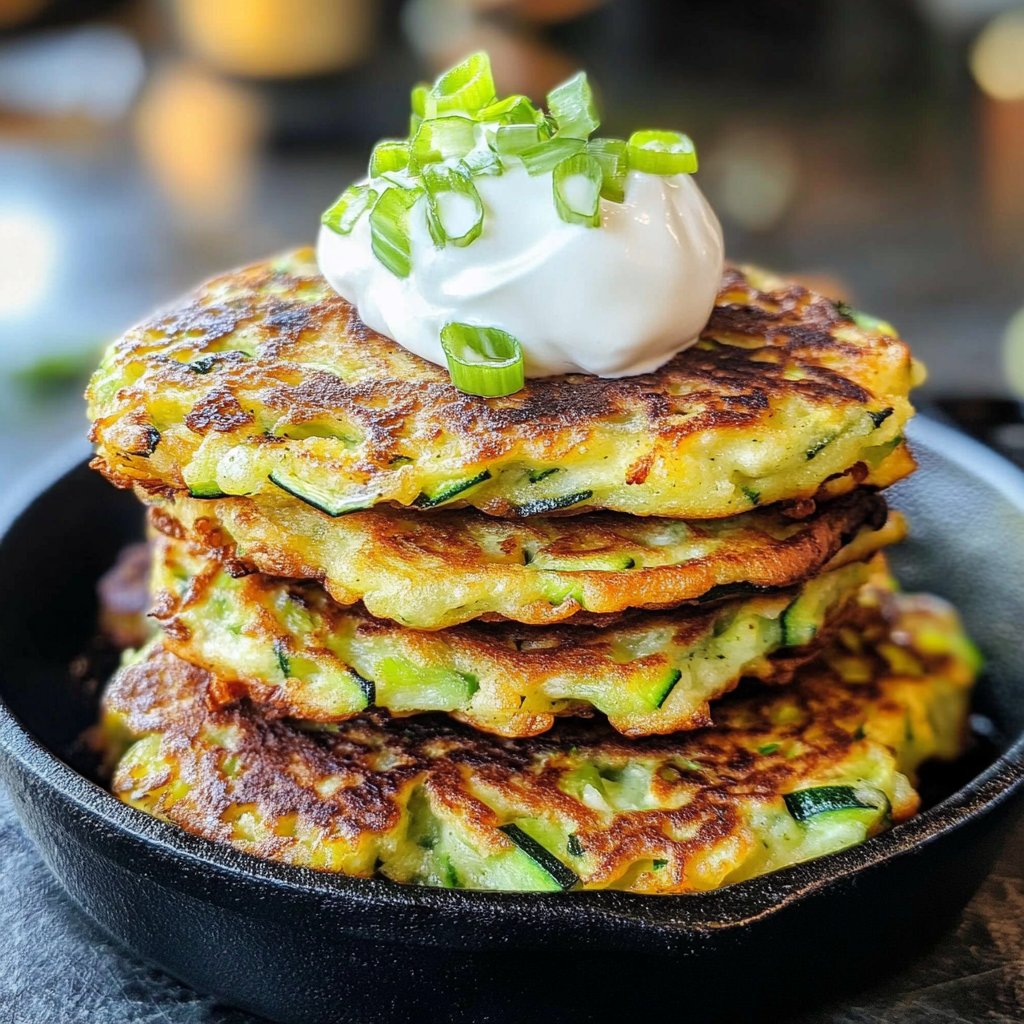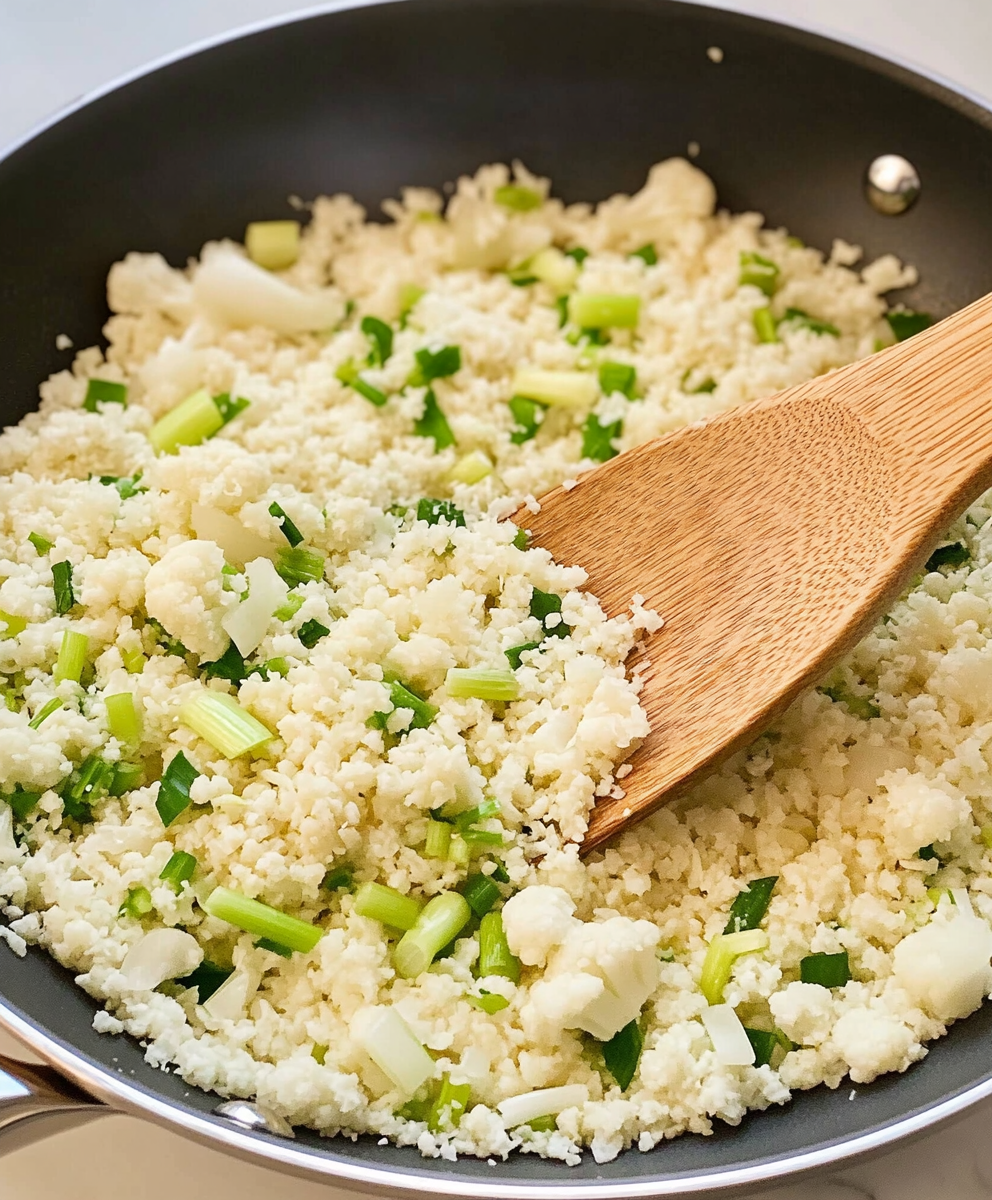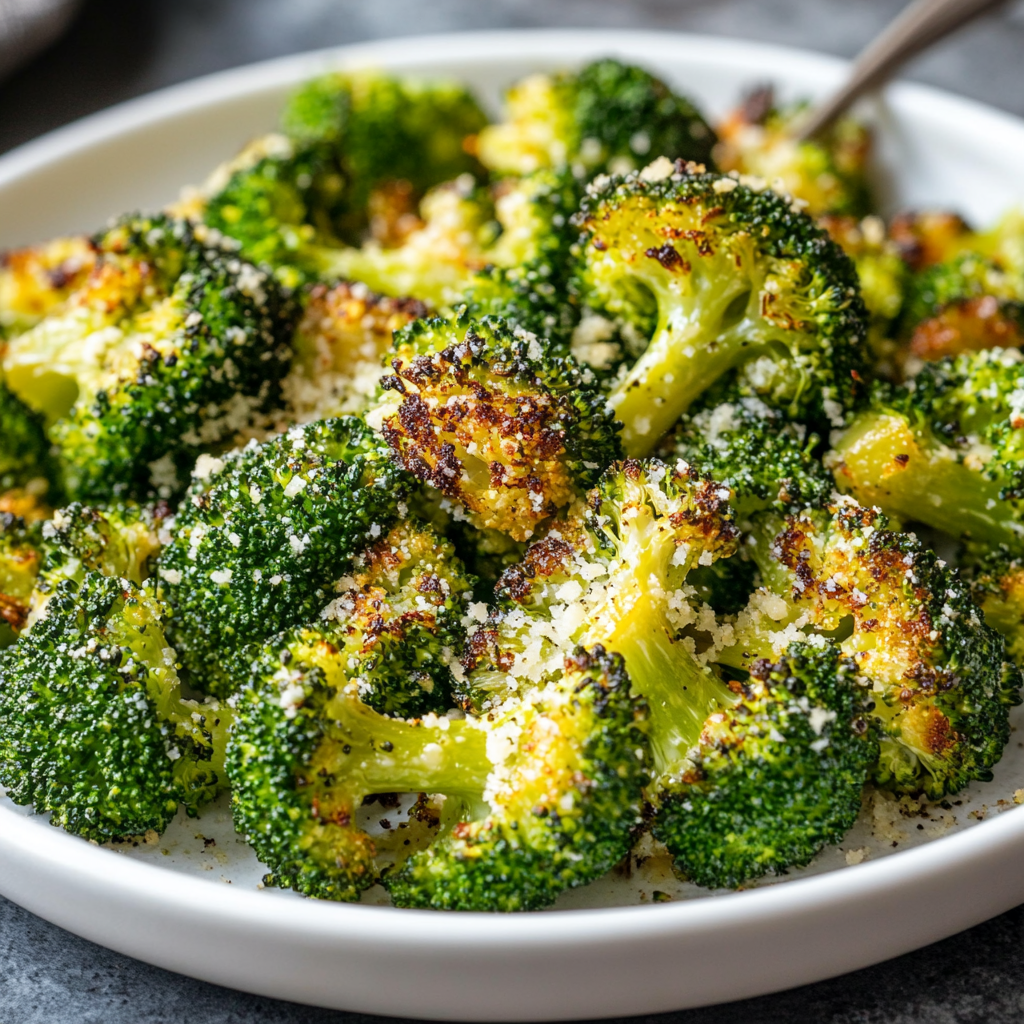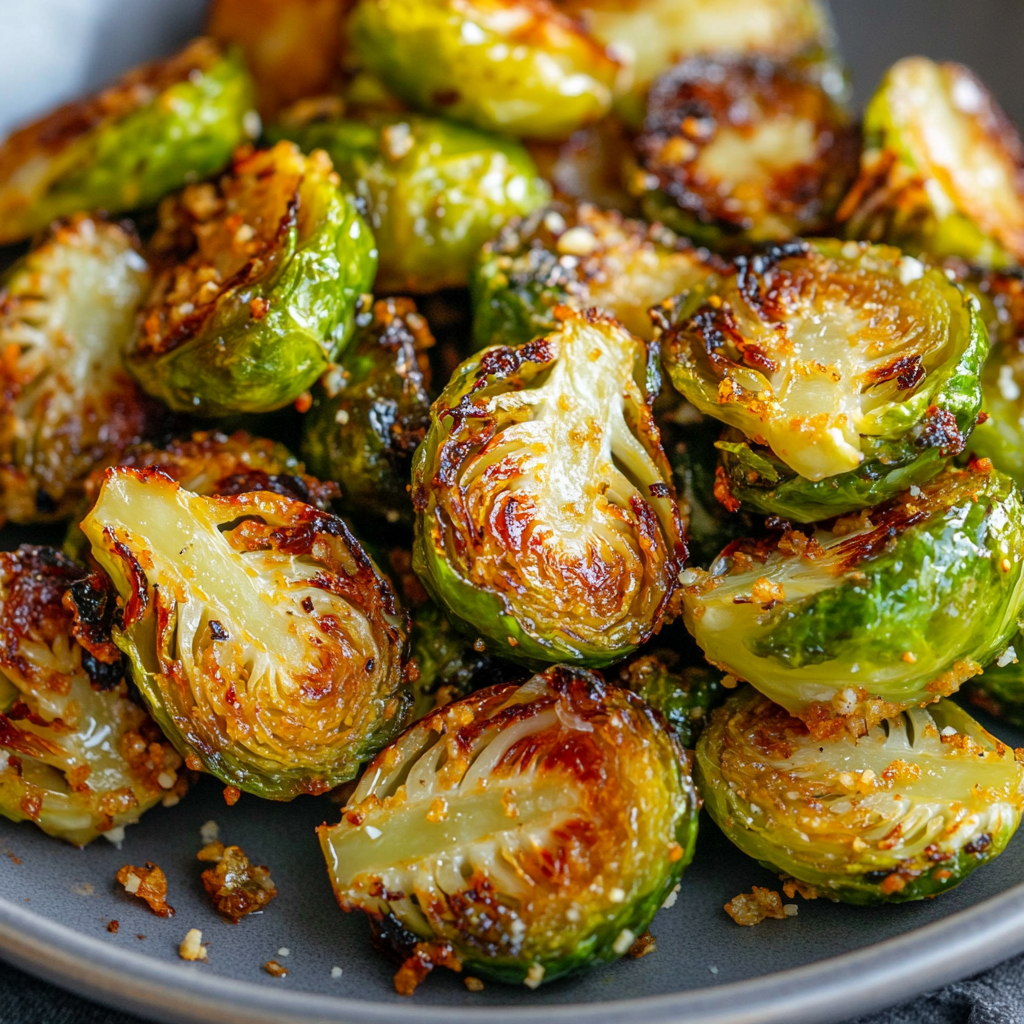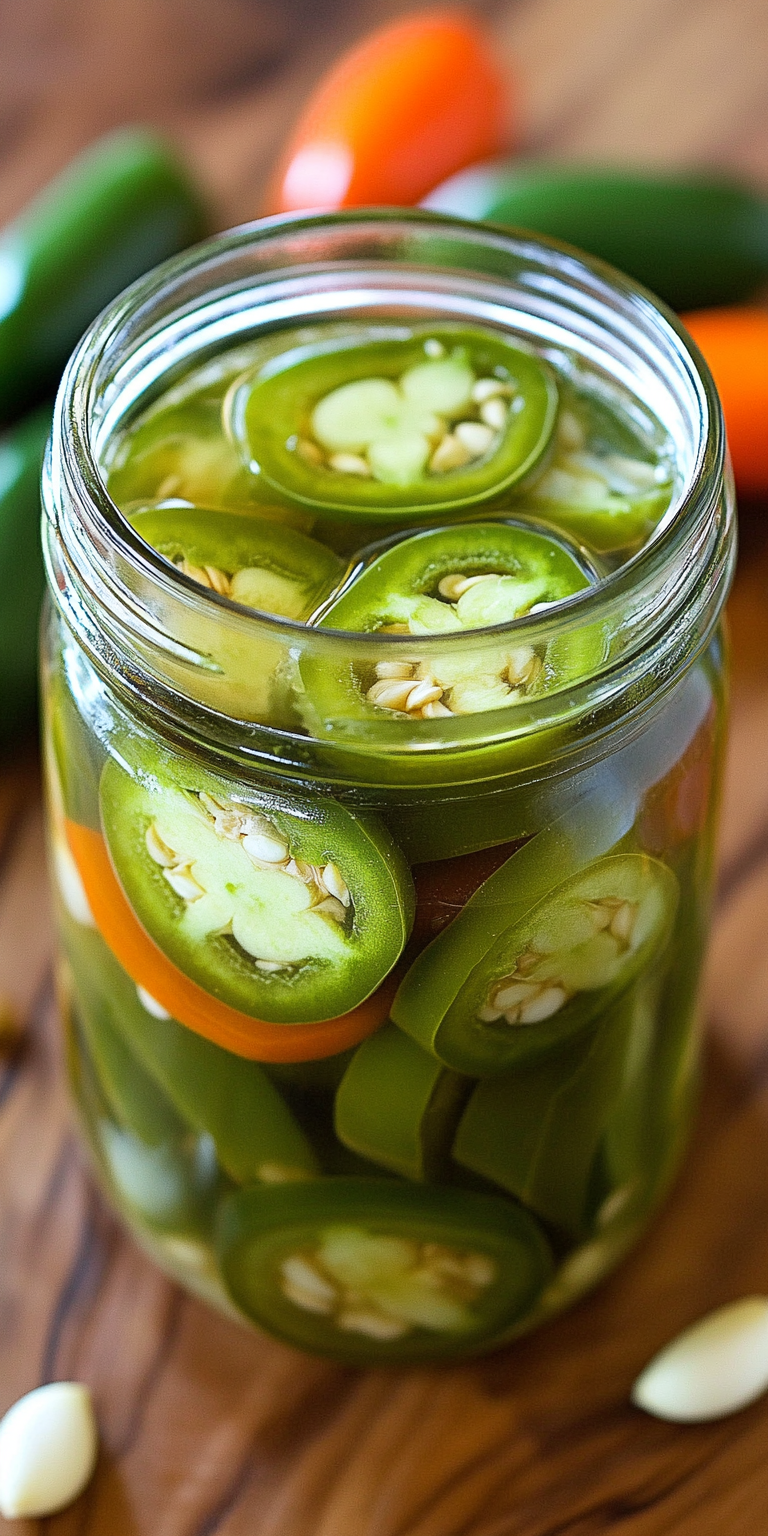Sourdough Focaccia Recipe
Simple sourdough focaccia delivers a deeply flavorful, airy bread with a crisp, golden crust—perfect for dipping, sandwiches, or as a standalone showstopper.
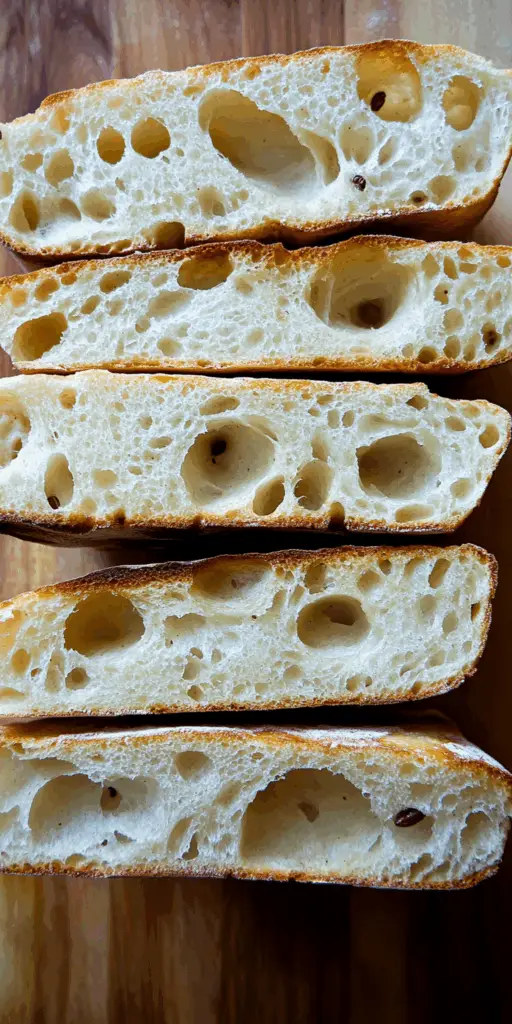
This slow-fermented version replaces commercial yeast with sourdough starter, yielding exceptional texture and complexity with minimal hands-on effort.
Key Ingredients for Simple Sourdough Focaccia
Active sourdough starter – Acts as the natural leavening agent, contributing to the bread’s rise and distinct tang.
Bread flour – Provides high protein content essential for gluten development and a chewy interior.
Water – Hydrates the flour and activates the starter; the amount is flexible depending on your flour type and humidity.
Kosher salt – Enhances flavor and supports gluten strength during fermentation.
Extra-virgin olive oil – Adds richness and helps develop a crisp, golden crust.
Flaky sea salt – Sprinkled before baking for a deliciously salty crunch.
How to Prepare Simple Sourdough Focaccia
This sourdough focaccia follows a relaxed timeline with two distinct rises and a final bake. The dough is mixed by hand, left to ferment slowly, then gently shaped and baked to golden perfection.
After the initial mix, the dough rises until doubled in size, ideally in a clear, straight-sided vessel. Then it’s transferred to a well-oiled pan, shaped gently, and left to rise again before being dimpled and baked at high heat for a golden, crunchy finish.
Pro Tips for the Best Simple Sourdough Focaccia
For best results, tailor the hydration to your climate—reduce water slightly in humid areas or when using all-purpose flour. In warmer months, use less starter and watch the dough closely; in cooler seasons, a larger amount and longer rise are ideal.
A clear-sided container is invaluable to track the first rise accurately. Also, avoid using an oven with a light on for fermentation, which can overheat the dough.
Storing Simple Sourdough Focaccia
To keep leftovers fresh, store focaccia in an airtight container at room temperature for up to two days. For longer storage, freeze slices wrapped in foil and sealed in a bag. Reheat in a 350°F oven until warm and crisped.
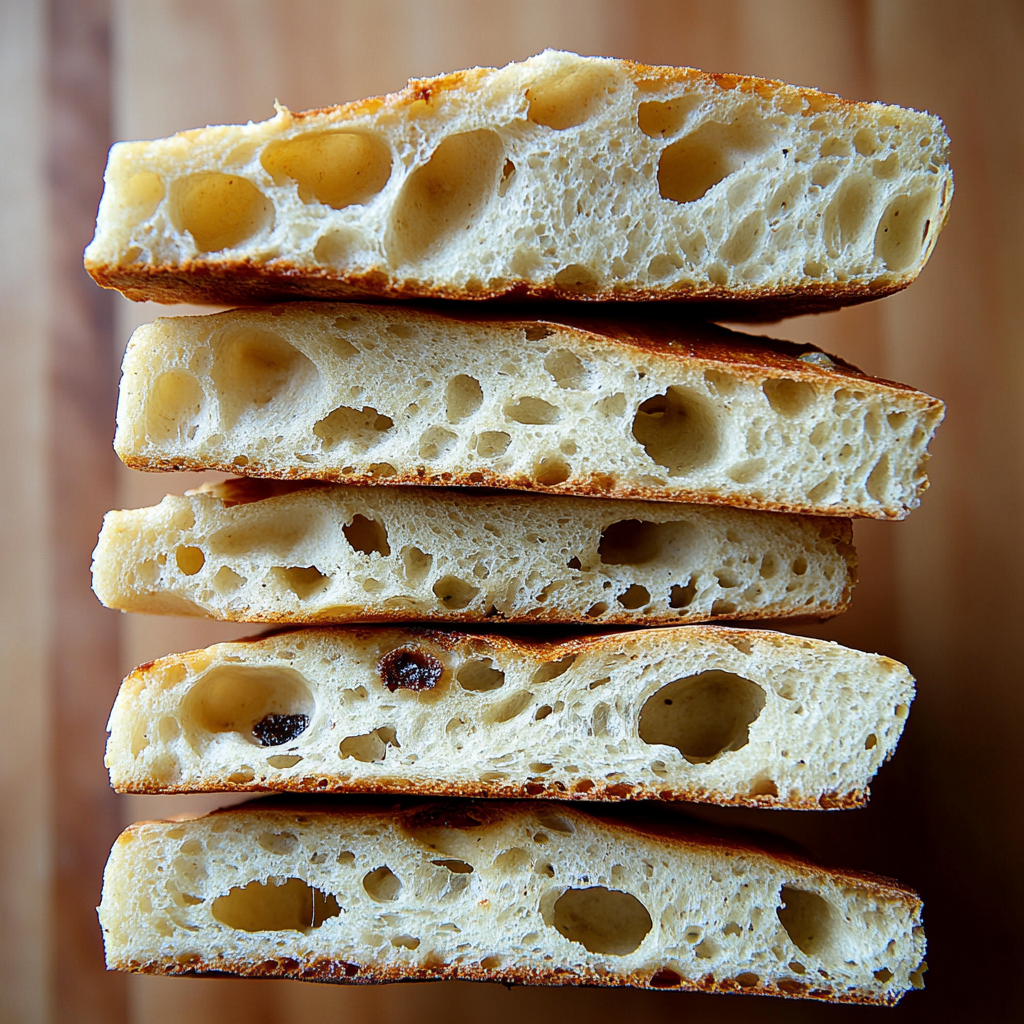
Frequently Asked Questions
Can I use all-purpose flour instead of bread flour?
Yes, but reduce the water slightly since all-purpose flour absorbs less than bread flour.
How do I know when the dough has risen enough?
Use a clear, straight-sided container and look for the dough to nearly double. Avoid timing alone—visual cues are more reliable.
Can I refrigerate the dough overnight?
Yes. After the first rise, refrigerate for 8–10 hours. Let it warm and rise again for 5–6 hours before baking.
Why is my sourdough focaccia sticky?
Too much water, a weak starter, or under-kneading may be the cause. See Alexandra’s linked post on sticky sourdough for in-depth troubleshooting.
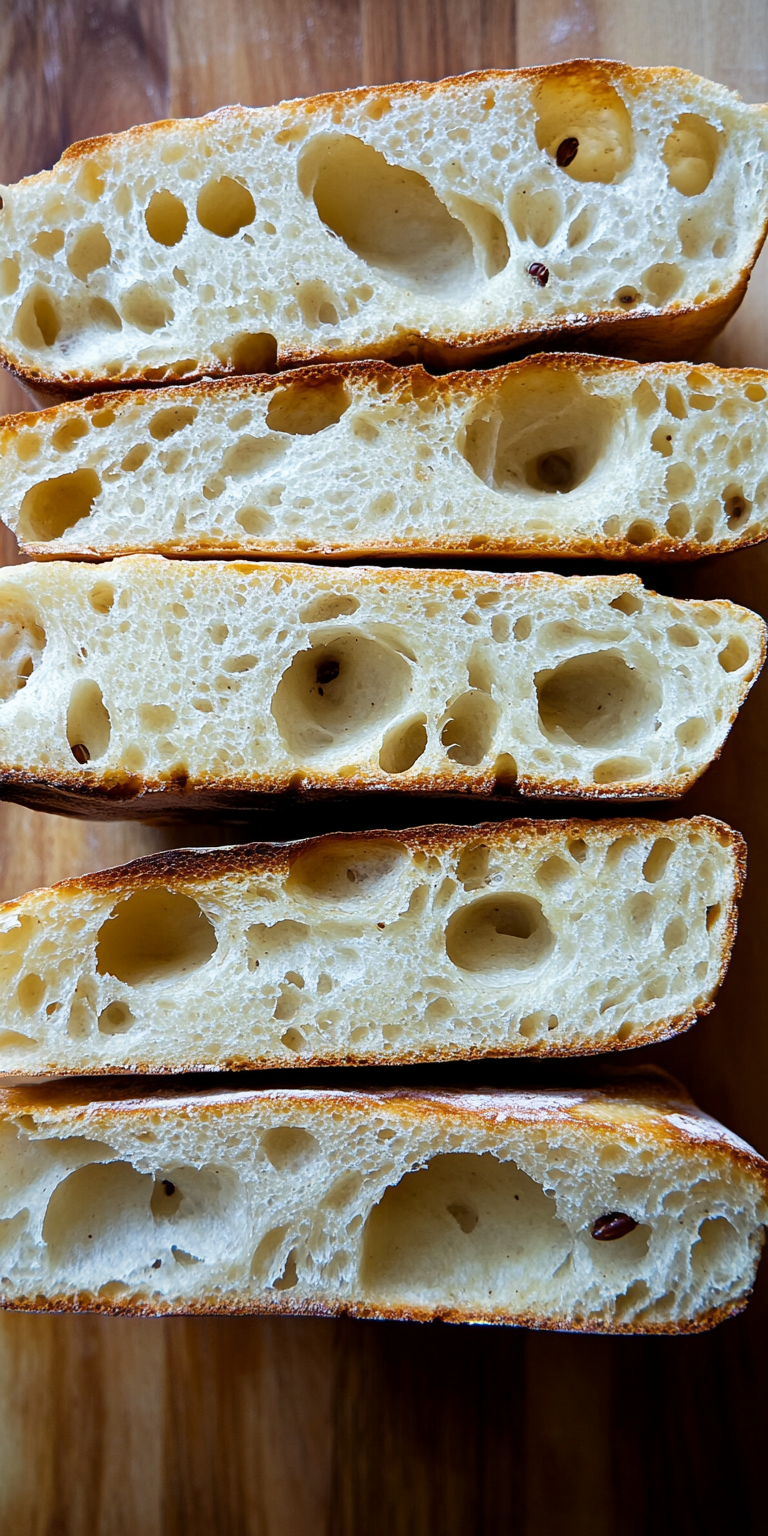
Simple Sourdough Focaccia
Ingredients
- 430 –440 g room temperature water approx. 1.75 cups to 1.75 cups + 2 tbsp
- 50 –100 g active sourdough starter 1/4 to 1/2 cup, depending on season and kitchen temperature
- 512 g bread flour about 4 cups; substitute all-purpose flour if necessary, reducing water slightly
- 3 tbsp extra-virgin olive oil divided, plus additional for drizzling
- 10 g kosher salt roughly 2.5 teaspoons
- Flaky sea salt such as Maldon, for finishing
Instructions
- In a large mixing bowl, combine the sourdough starter, salt, and water using a spatula until just mixed. Incorporate the flour and stir again until no dry spots remain.
- If feasible, perform a single stretch and fold after 30 minutes: reach into the bowl, pull the dough up, and fold it into the center. Rotate the bowl slightly and repeat 8 to 10 times.
- Drizzle the surface of the dough with a small amount of olive oil, spreading to coat. Cover the bowl and leave it to ferment at room temperature for 4 to 18 hours, depending on ambient temperature and starter vitality. Look for the dough to double in volume rather than follow a strict timetable. A straight-sided container is especially useful for tracking this rise.
- When the dough has nearly doubled, pour 2 tablespoons of olive oil into a 9×13-inch baking pan. If using glass, consider greasing with butter as an added precaution against sticking.
- Gently deflate the dough and transfer it into the prepared pan, placing it in the oil’s center. Fold it from each side inward to shape a rough rectangle, then flip it seam-side down. Drizzle with 1 tablespoon olive oil and leave uncovered for a final rise of 4 to 6 hours until puffy and nearly doubled again.
- Preheat your oven to 425ºF. Lightly oil your fingers and press them into the dough across the surface to create dimples and stretch the dough to fill the pan. Liberally sprinkle with flaky sea salt.
- Bake for approximately 25 minutes or until the top and edges are richly golden. Remove from the oven, lift the focaccia from the pan, and let it cool on a wire rack for at least 20 minutes before slicing.


